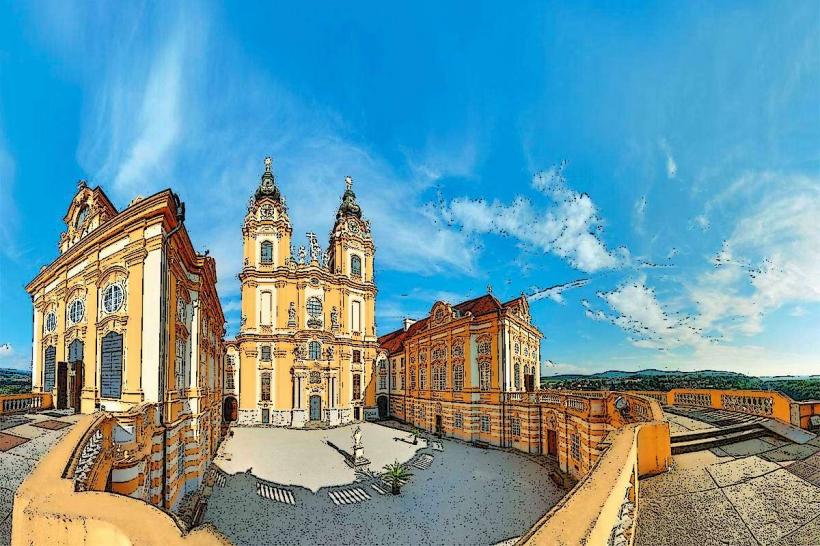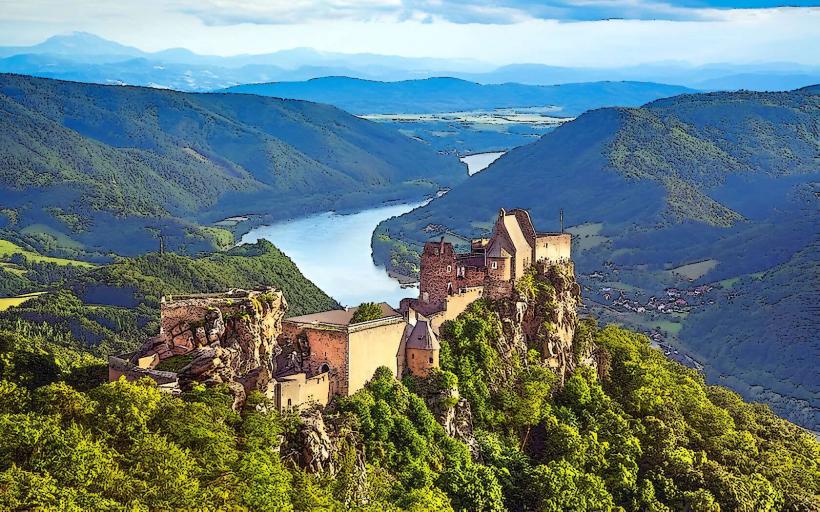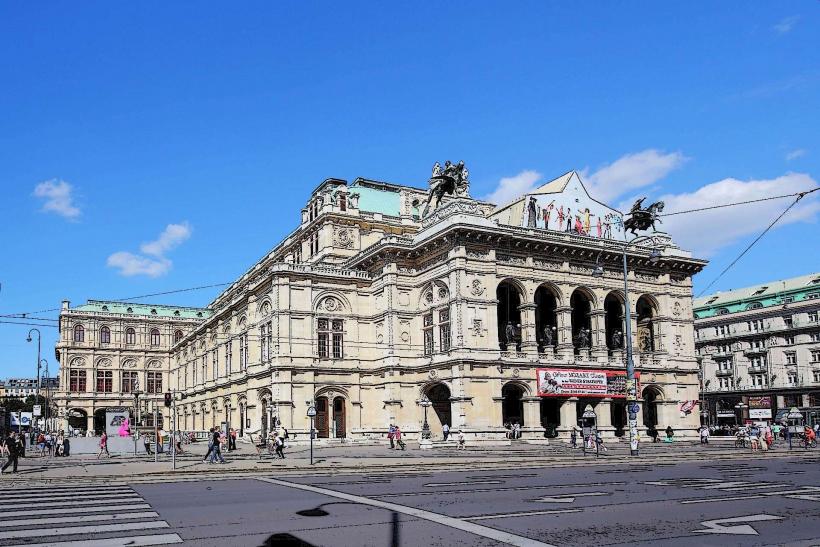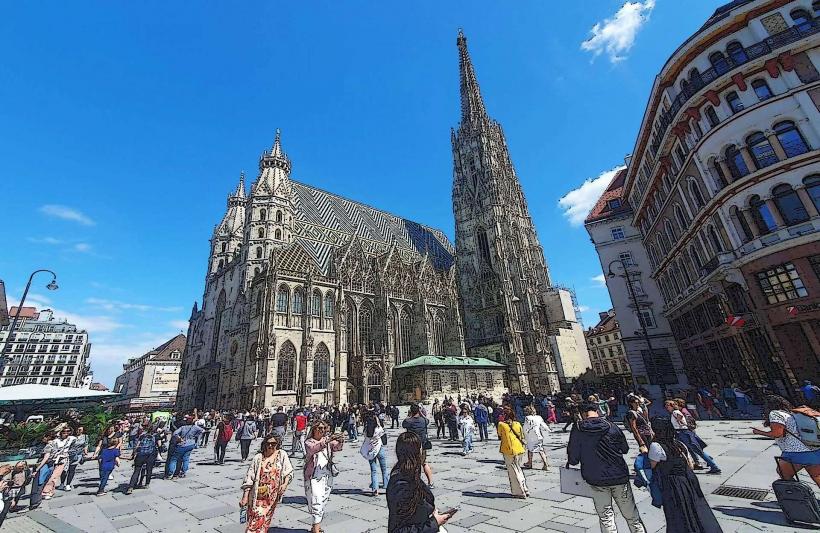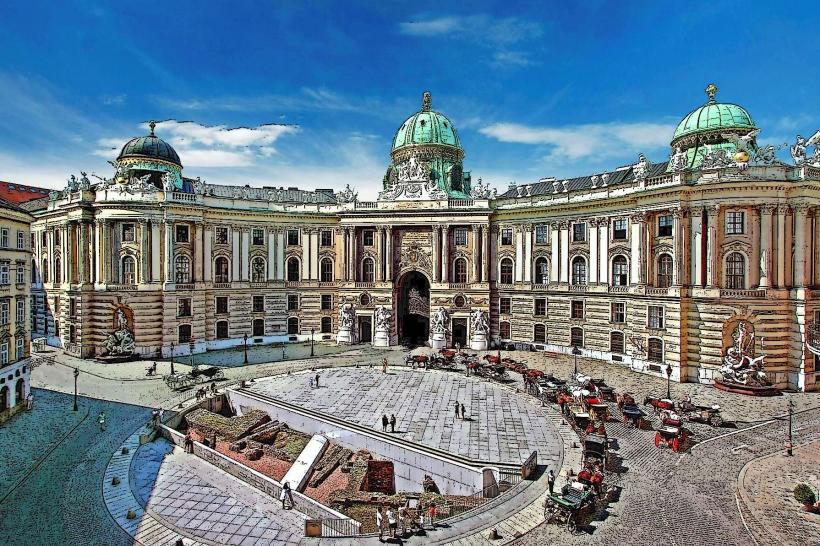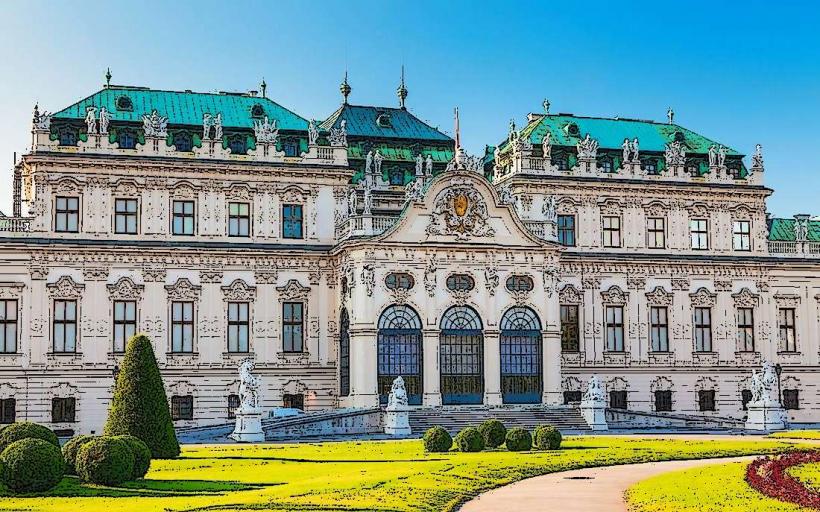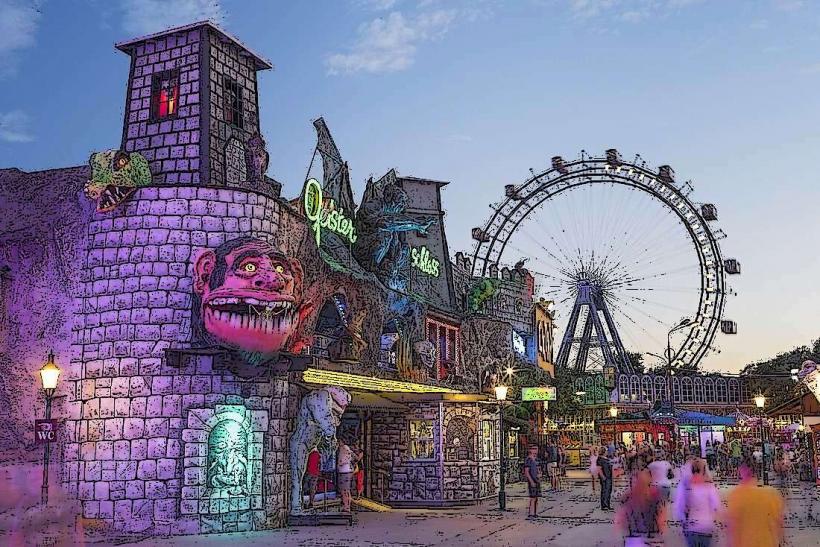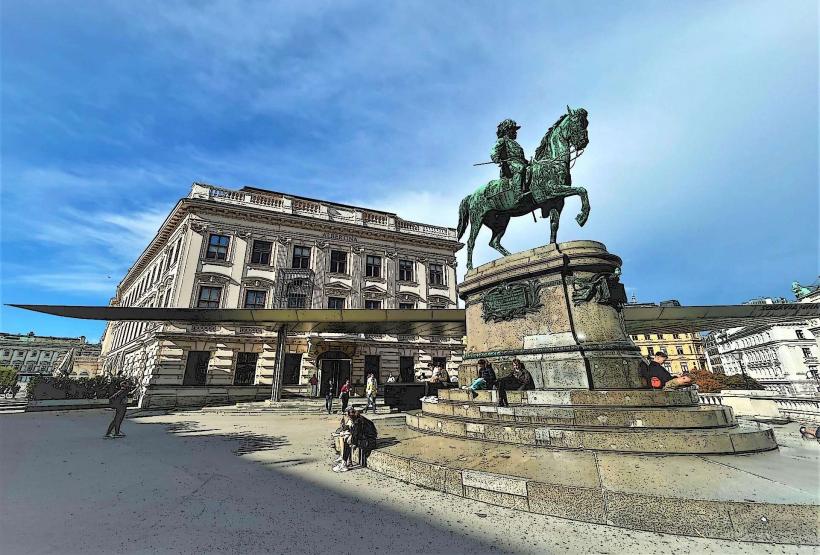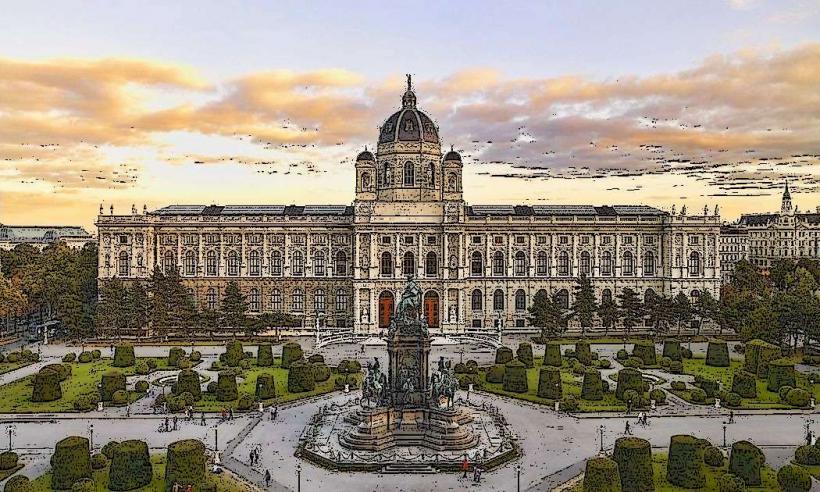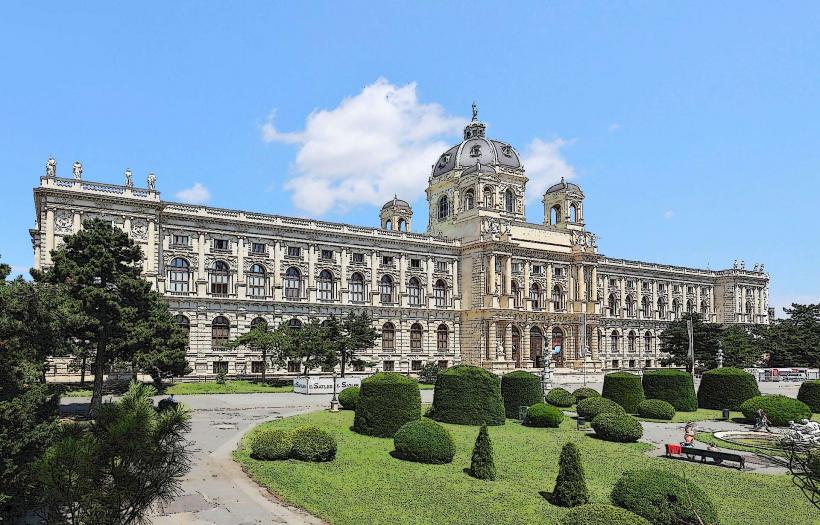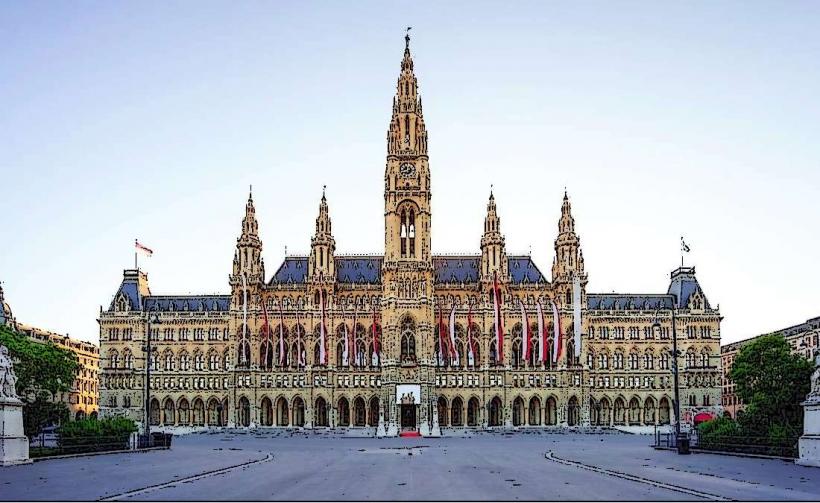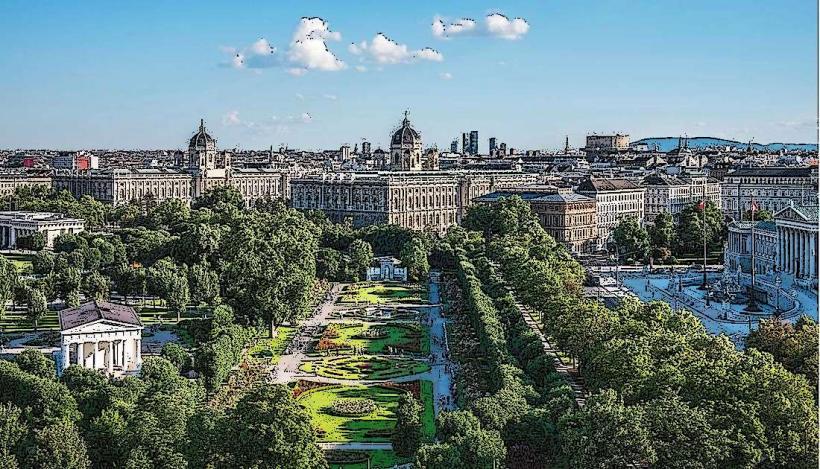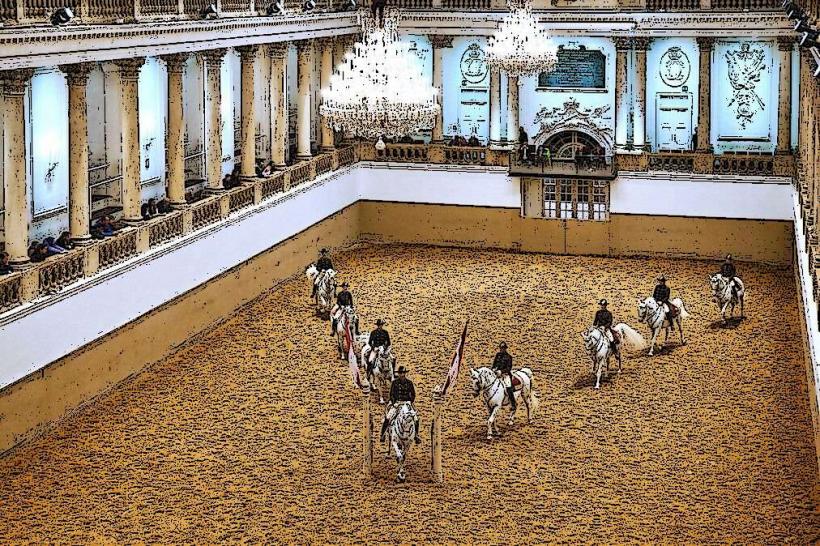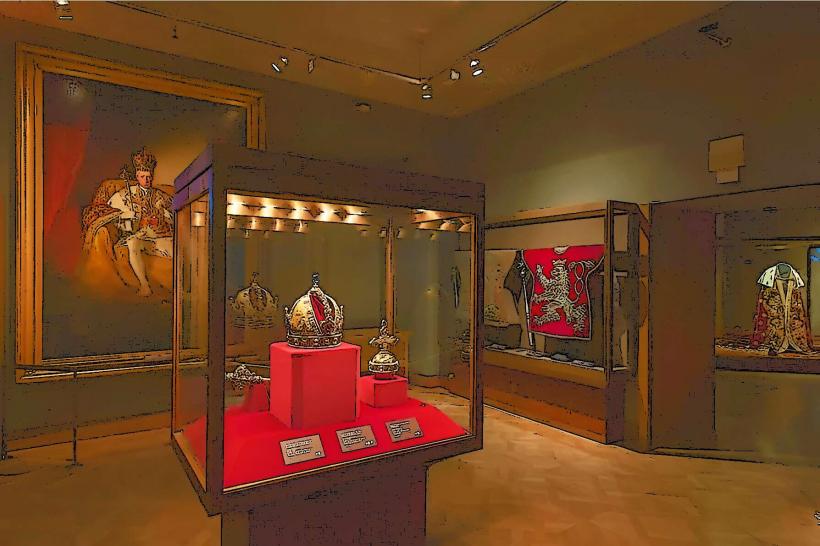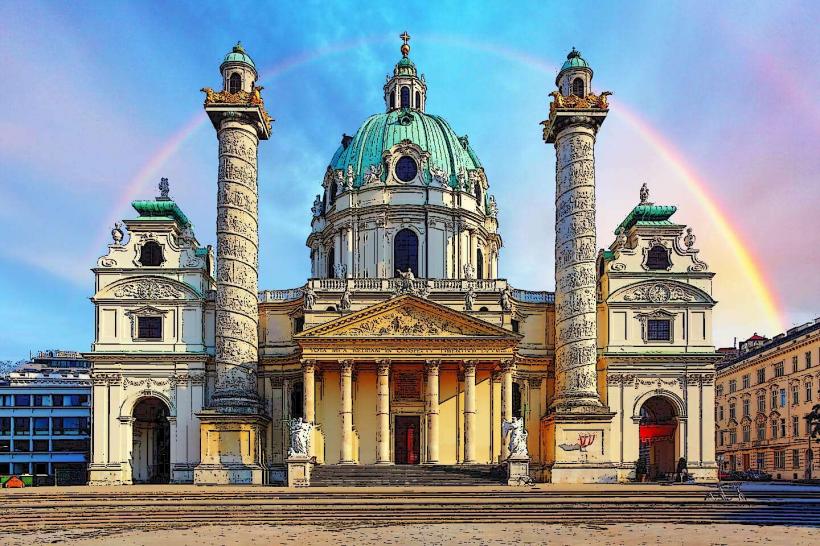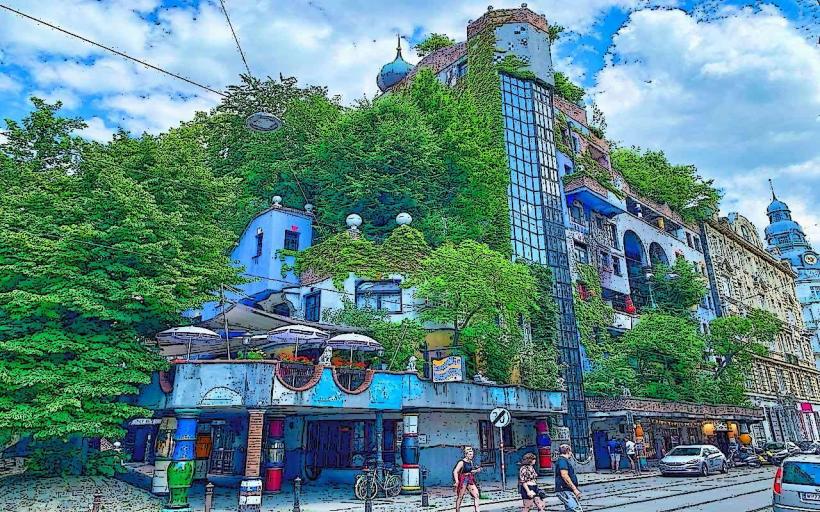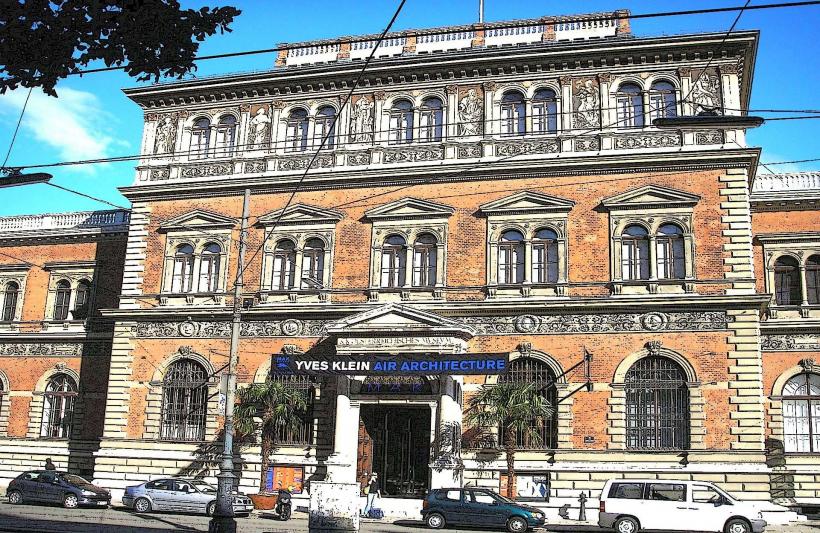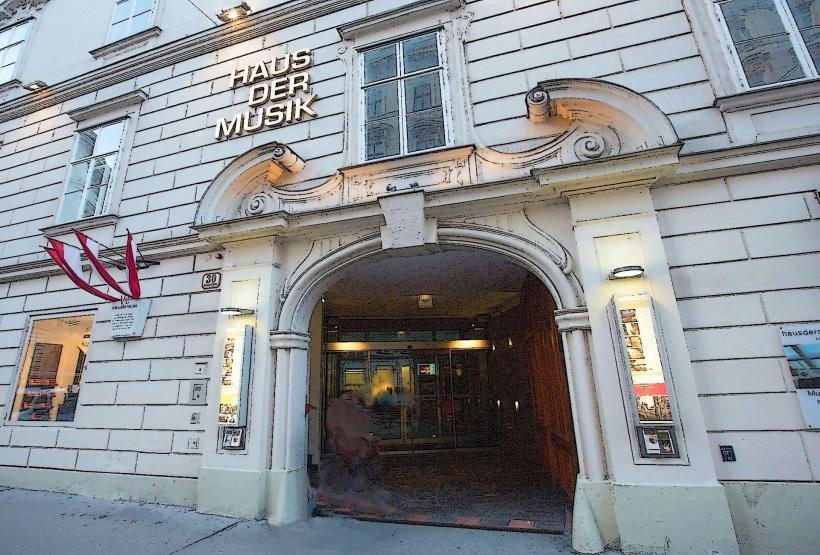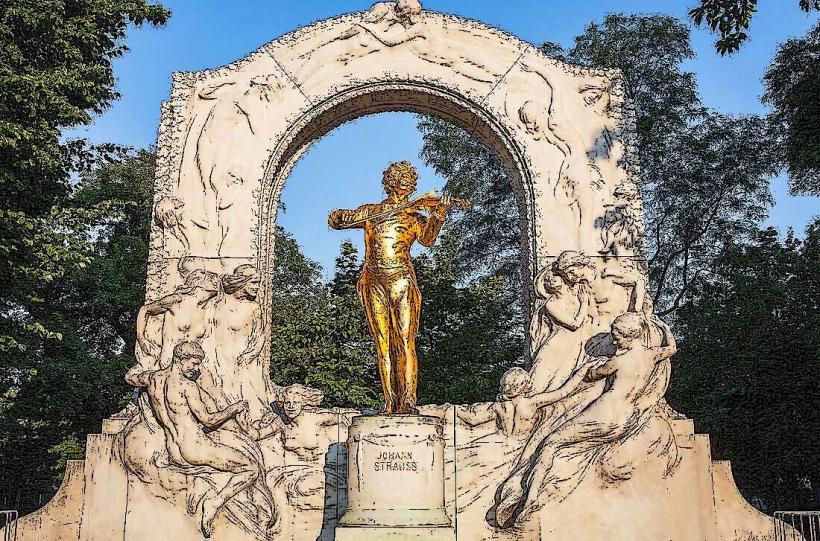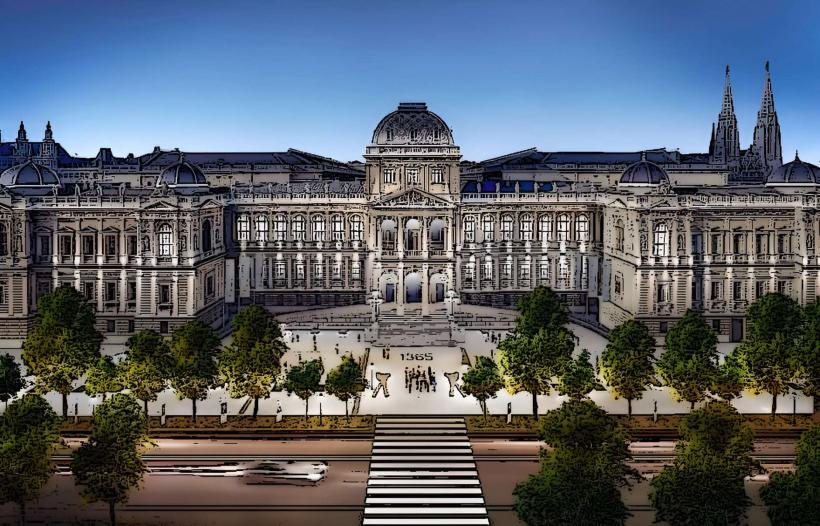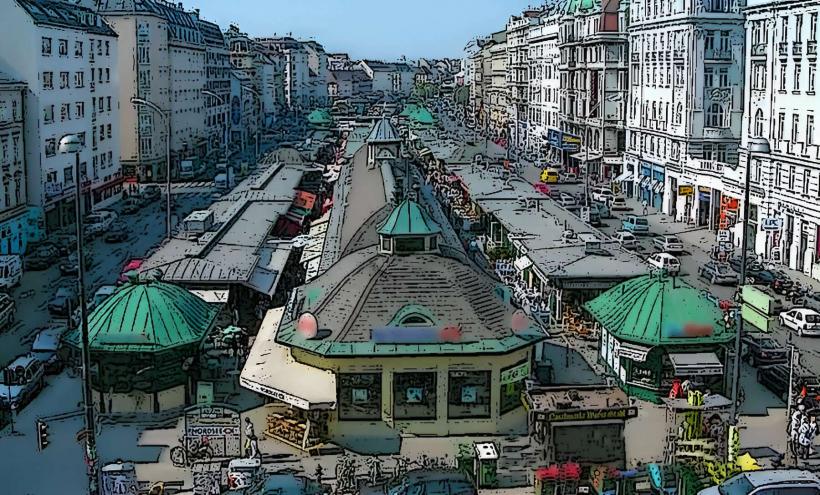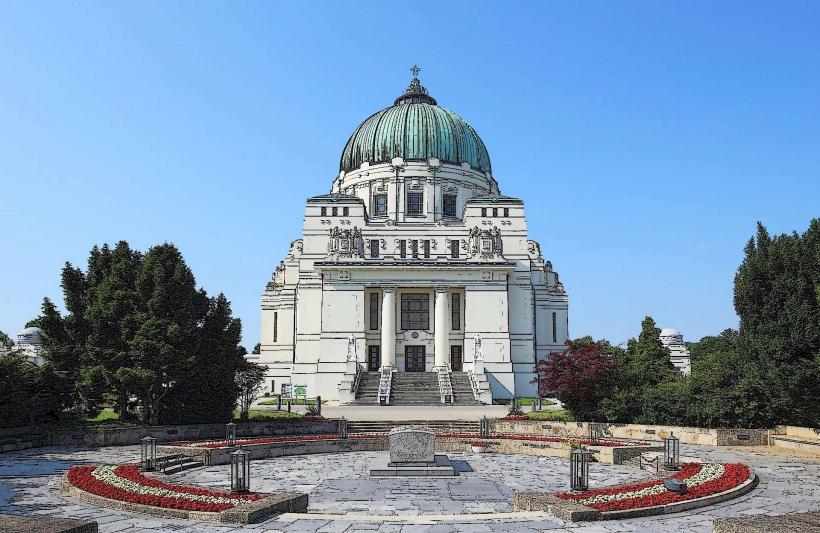Information
Landmark: Hundertwasser VillageCity: Vienna
Country: Austria
Continent: Europe
Hundertwasser Village – A Quirky Expression of Art and Architecture in Vienna
The Hundertwasser Village (Hundertwasserhaus Village) is a vibrant, unconventional complex that embodies the artistic vision of Friedensreich Hundertwasser, a renowned Austrian artist and architect. Adjacent to the famous Hundertwasserhaus, the village is a lively space that showcases Hundertwasser's ideals of harmony between humans, art, and nature.
Overview
- Location: Kegelgasse 37-39, 1030 Vienna, Austria
- Architectural Style: Organic and whimsical, reflecting Hundertwasser's rejection of rigid lines and conformity.
- Built: Converted from a tire factory in 1990–1991.
- Purpose: A small commercial complex with shops, cafes, and galleries designed to immerse visitors in Hundertwasser's artistic philosophy.
Historical Background
Vision of Friedensreich Hundertwasser:
- Hundertwasser (1928–2000) was a painter, architect, and environmentalist who believed architecture should blend with nature and reject traditional, uniform design.
- He transformed an old tire factory into a space that embodies his artistic ideals and serves as a companion piece to the Hundertwasserhaus, a nearby apartment complex he designed.
Opening:
- The Hundertwasser Village opened in 1991, offering visitors a playful and colorful experience that contrasts with Vienna's more traditional landmarks.
Design and Architecture
The Hundertwasser Village is characterized by irregular forms, bright colors, and an emphasis on integrating art and nature.
Key Features
Irregular Floors:
- The floors are uneven and undulating, a deliberate design choice by Hundertwasser to create a more organic, natural experience.
Green Roofs and Plants:
- The building incorporates greenery into its design, with plants growing on the roof and throughout the space.
- This reflects Hundertwasser’s philosophy of environmental harmony.
Playful Colors and Shapes:
- Brightly colored mosaics, curved lines, and asymmetrical forms dominate the design.
Interior Spaces:
- The interior is filled with whimsical details, including decorative tiles, quirky sculptures, and murals that create a vibrant atmosphere.
Open Courtyard:
- A central courtyard offers a communal space for visitors to relax and enjoy the surroundings.
What to See and Do
Shops and Boutiques:
- The village houses several artisan shops selling unique souvenirs, handmade jewelry, and artwork inspired by Hundertwasser's designs.
Art Galleries:
- Galleries within the village showcase Hundertwasser’s paintings, prints, and architectural models, as well as works by contemporary artists.
Cafes and Restaurants:
- Relax in quirky cafes with colorful interiors and enjoy local and international cuisine.
Photo Opportunities:
- The vibrant, unconventional design of the village makes it a favorite spot for photography enthusiasts.
Hundertwasserhaus (Adjacent):
- Just steps away, the Hundertwasserhaus is a residential building designed by Hundertwasser. While you cannot enter the apartments, the exterior is a must-see.
Cultural and Environmental Philosophy
Rebellion Against Uniformity:
- Hundertwasser’s designs reject straight lines and symmetry, symbolizing freedom, individuality, and creativity.
Environmental Advocacy:
- Hundertwasser was a pioneer in green architecture, advocating for rooftop gardens, tree tenants (trees integrated into buildings), and sustainable living.
Integration of Art into Daily Life:
- The village exemplifies Hundertwasser's belief that art should not be confined to galleries but should be part of everyday life.
Visiting Information
Opening Hours:
- Open daily from 10:00 AM to 6:00 PM (hours may vary slightly depending on the season).
Entry Fee:
- Entrance to the village is free, but specific shops or exhibits may have fees for certain activities or items.
Location and Access:
- Easily accessible by public transport:
- Tram 1 or O: Stop at Hetzgasse or Radetzkyplatz.
- Bus 80A: Stops nearby.
Accessibility:
- The uneven floors may pose challenges for visitors with mobility issues.
Tips for Visitors
Combine Your Visit:
- Pair a visit to the Hundertwasserhaus with the nearby Kunst Haus Wien (Hundertwasser Museum) for a deeper dive into Hundertwasser's work and philosophy.
Best Time to Visit:
- Mornings or early afternoons are less crowded, allowing you to explore the space more comfortably.
Shop for Unique Souvenirs:
- The shops offer items you won’t find elsewhere, making it an excellent place for one-of-a-kind gifts.
Photography:
- Bring a camera to capture the vibrant, surreal environment, especially the juxtaposition of the village’s whimsical design with the traditional architecture of the surrounding neighborhood.
Conclusion
The Hundertwasser Village is not just a tourist destination—it is an experience that invites visitors to rethink the boundaries of art, architecture, and nature. Its playful design and colorful aesthetic provide a unique and refreshing contrast to Vienna's historic elegance. A visit to this artistic haven is a must for those seeking a deeper understanding of Hundertwasser’s revolutionary vision.

